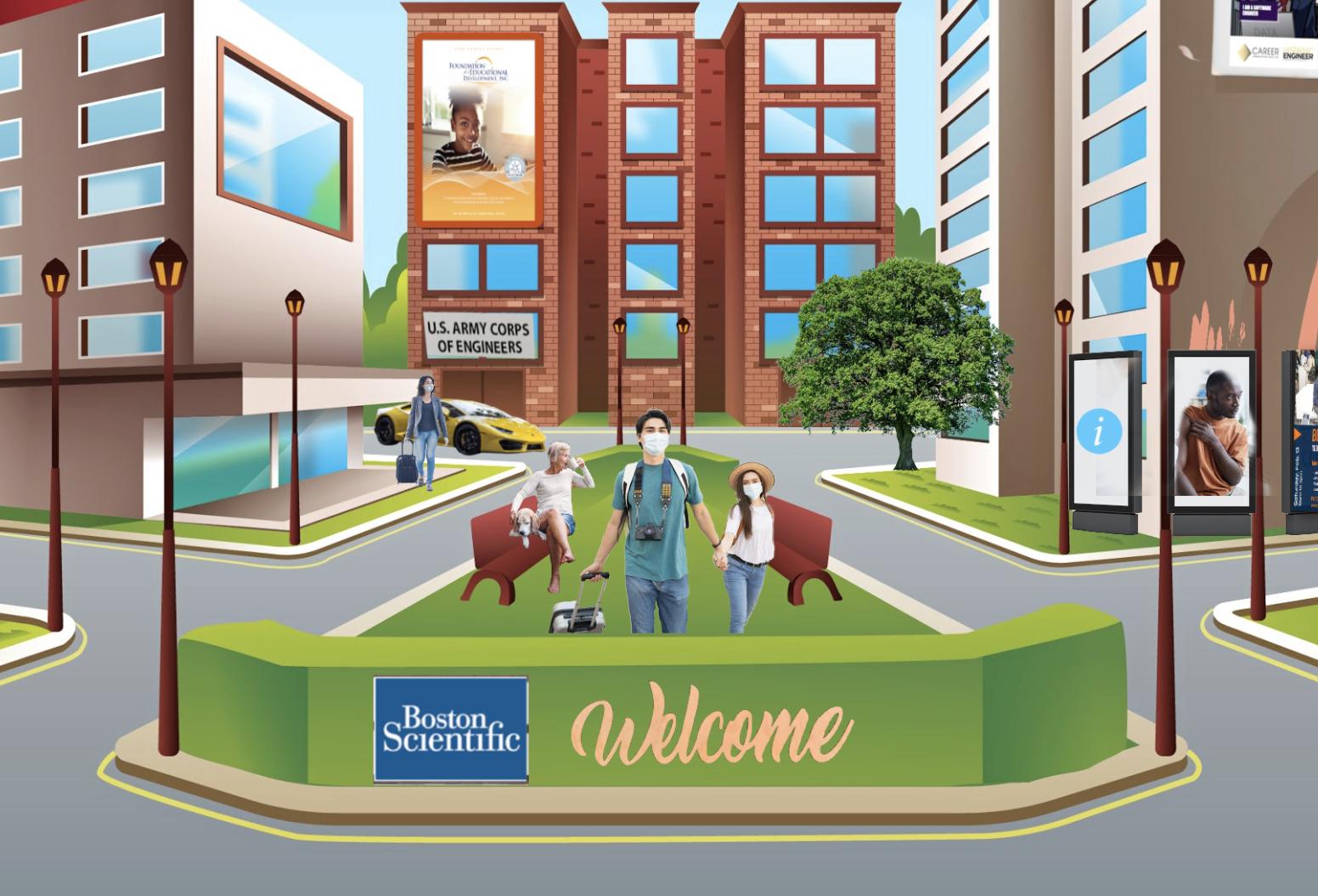
2 minute read
STEMulating Lounge
BACKGROUND
STEM City USA stems from the Technology Awareness Program (TAP), a Career Communications Group (CCG) and Foundation for Educational Development, Inc. (FEDI) 501(c)(3), and IBM’s Ted C. Childs, idea, and grew support from science, technology, engineering and math-based businesses, organizations and government. The initial target group for TAP was Black families during February—historically known as Black History Month. A few years later, TAP branched out to Hispanic families, in 2001, during the National Hispanic Heritage Month in October; and then to Native American families, in 2004, during American Indian Heritage Month in November.
We also need to establish the accompanying message/ understanding that our communities must be the source of more doctors, nurses, pharmacists, biologists, chemists, and nutritionists. In addition to more engineers, technologists and computer scientists. As such, we have adjusted our Dual TAP Objectives as follows: To our Black, Hispanic and Native American Communities, we will communicate (1) the importance of science, technology, and good health practices in their day to day lives; and (2) the importance of science, technology and good health practices in the education and career preparation of their children.
Each effort was dedicated to a month of driving TAP communication to help families focus on the dual message: (1) the importance of technology in their everyday lives; and (2) the importance of technology in the education and career preparation of their children. Particular attention was given to low-income families, as there was persistent “digital divide” among this population.
The importance of creating TAP 2.0 has been shaped by three things. First is the success of the three Technology Awareness Programs. The second is our recognition of a need to expand the focus of our work, and the third is the need to increase the subject matter exposure of families/children. In widening TAP’s scope, we hope to positively impact the lives of their needs and expand our role as advocates. Our children are not less intelligent than their peers, but we recognize that low income communities have many unmet needs and medical challenges such as higher incidences of asthma, high blood pressure, diabetes, and prostate cancer; environmental health challenges such as bad air and bad water, dietary/nutrition deficiencies and poor or no health care. Research has shown that we need to increase the community/family focus on the issues if we are to improve our response to these challenges. Research has shown that we need to increase the community/family focus on the issues if we are to improve our response to these challenges.




